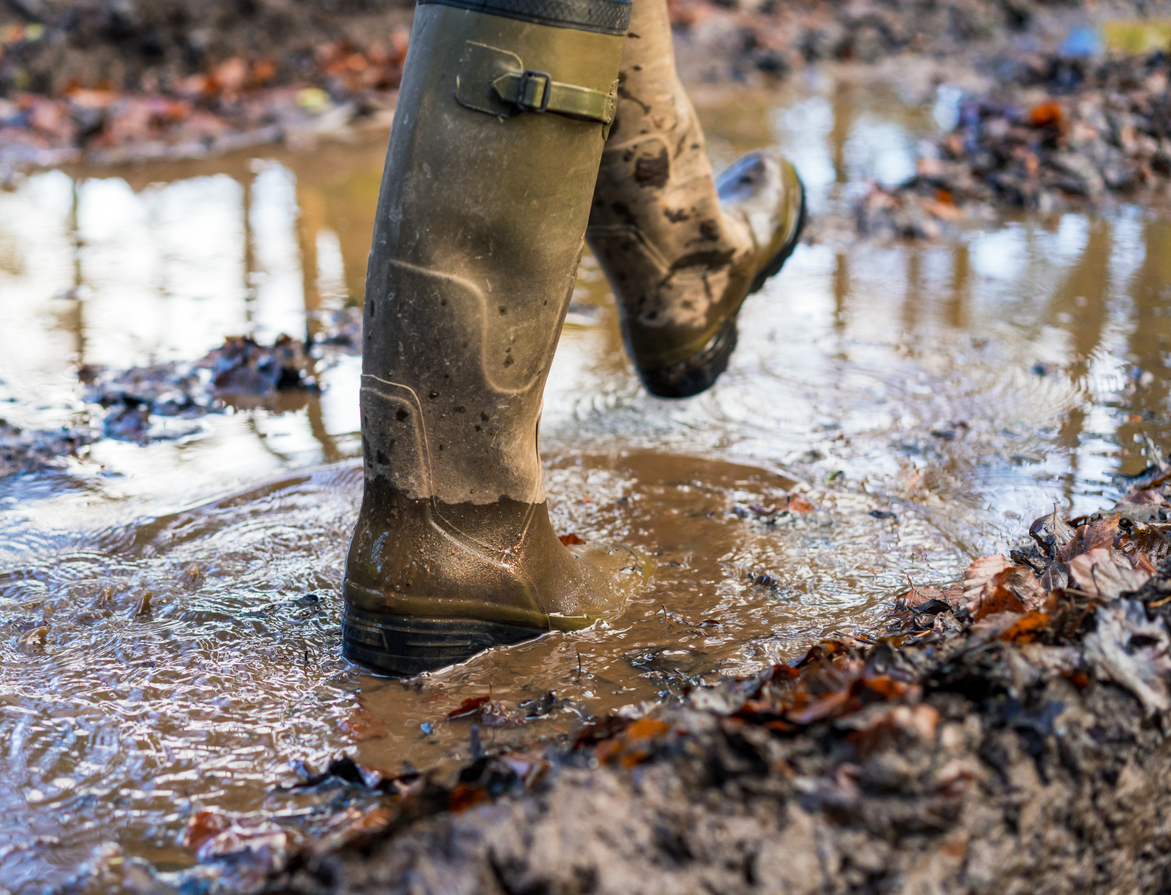
Announced: North Brisbane and Moreton Bay Medicare Mental Health Centres opening from July
Mar 27, 2025
Mar 10, 2022

Recent floods in South East Queensland has led to many Queenslanders being exposed to serious infections that become more common during flood events.
While waters may have receded, the bugs and viruses that were lurking within them can trigger serious infections. Those involved in any flood recovery work may still be exposed to infection risks after contact with flood-affected water, soil and mud. Floodwater is often contaminated by sewage, animal and household waste, and soil and mud that has been stirred up.
Diseases caused by flood-affected water, mud and soil includes:
GPs may see an increase in patients with symptoms of cellulitis, which includes redness and/or swelling of the skin, tenderness, warm skin, pain, bruising, blisters, fever, headache, chills, weakness and red streaks on the skin.
Queensland Health has advised those inundated by floodwaters and conducting clean-ups to ensure their tetanus shot is up to date
GPs are encouraged to access the new Post-natural Disaster Health Pathway.
It lists details of specific antibiotics that should be considered for wounds associated with mud and sewage contaminated floods based on Therapeutic Guidelines
and other useful resources.
Adjusting to the aftermath of a flood or any natural disaster can be experienced long-term, even once the immediate danger has passed. Individuals who have faced a natural disaster might be coping with widespread feelings of loss: loss of housing, possessions, employment, study, the environment and even loss of life. This can further threaten our sense of predictability, security or stability.
For a list of digital mental health resources visit the eMHPrac website.

We acknowledge the Traditional Custodians within our region: the Jagera, Turrbal, Gubbi Gubbi, Waka Waka and the Ningy Ningy peoples of where we meet, work and learn. Brisbane North PHN is committed to reconciliation. Our vision for reconciliation is where the stories of our First Nations’ people are heard and shared, and networks are formed.